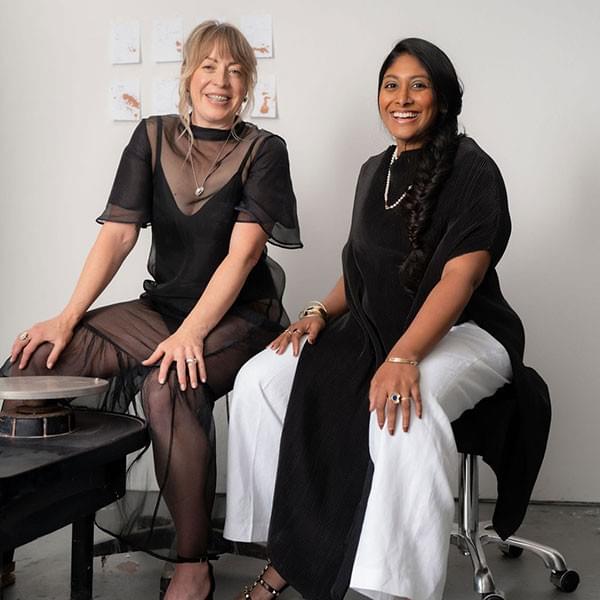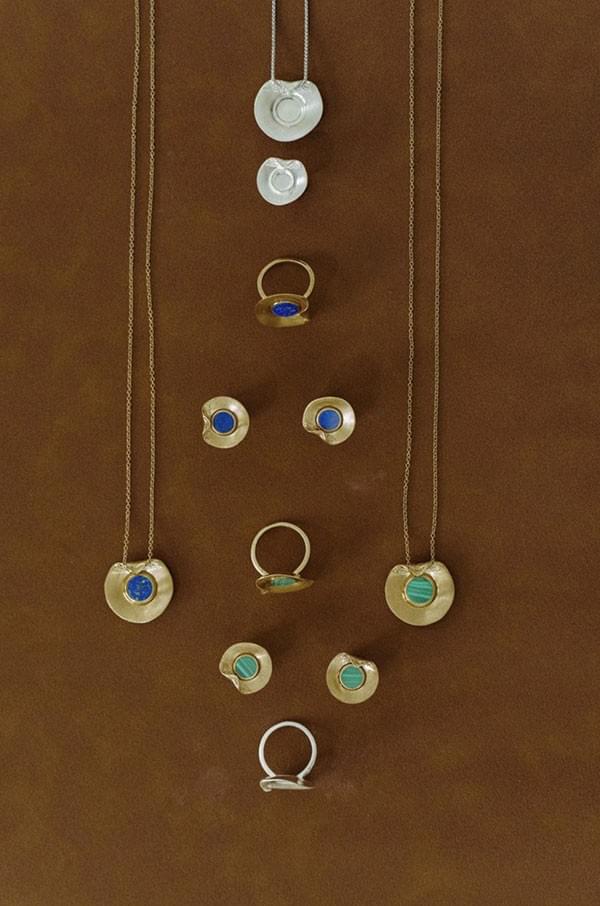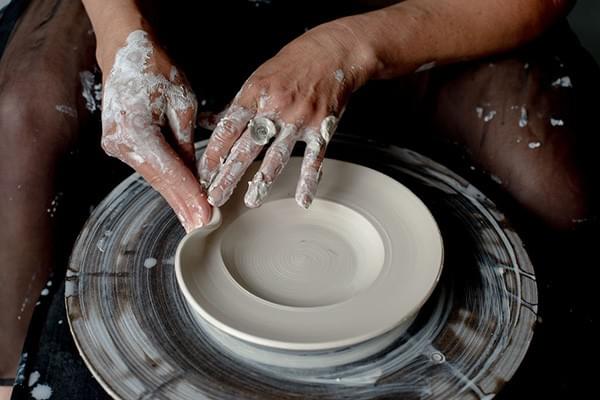
Goldstories + Erin Hupp Bridge Ceramics and Craft
Goldstories, a San Francisco–based jewelry brand, has launched its Fold Collection in collaboration with ceramicist Erin Hupp. The pieces—rings, pendants, earrings—merge Erin’s ceramic folds with Goldstories’ fine metalwork. Prices range from $450 for sterling silver earrings to $2,600 for a 14k gold necklace featuring lapis or malachite.
From Craft to Jewelry: A Dialogue of Matter

Hupp’s hand-formed curves, born out of working with clay, come alive in metal. The collection reflects a deep respect between artisans—Balaje admired Hupp’s ceramics, and Hupp trusted the translation into wearable forms. In this partnership, soft curves, balance, and body comfort were crucial: metal thickness, structure, and fit were all refined so the pieces aren’t just decorative but functional.
Why Some Jewelry Lovers Are Uneasy
While many celebrate this blend of art and adornment, others question if collaborations like this are just trend-chasing. With lab-grown diamonds and sustainable gemstones becoming more than buzzwords, there’s an argument that loyalty should lie not in aesthetic experiments but in transparency, ethical sourcing, and real value. Is this kind of art-for-art’s sake missing the point?

The Tension Between Artistry and Value
Jewelry has always carried meaning—rarity, legacy, sparkle. For some consumers, a piece that looks beautiful isn’t enough unless it carries craftsmanship and sustainability. When the conversation shifts to lab-grown diamonds or responsibly sourced gemstones, art-collaborations risk seeming superficial if they ignore the ethical and environmental cost.
AIDI’s View: Innovation Must Meet Integrity
At AIDI, we believe innovation in jewelry (like art collaborations) is exciting—but it must walk hand in hand with integrity. Collaborators should consider whether their materials, practices, and messaging align with values of sustainability and long-term value. Because in the world of jewelry evolving around lab-grown diamonds and sustainable gemstones, consumers are no longer satisfied with style alone.
